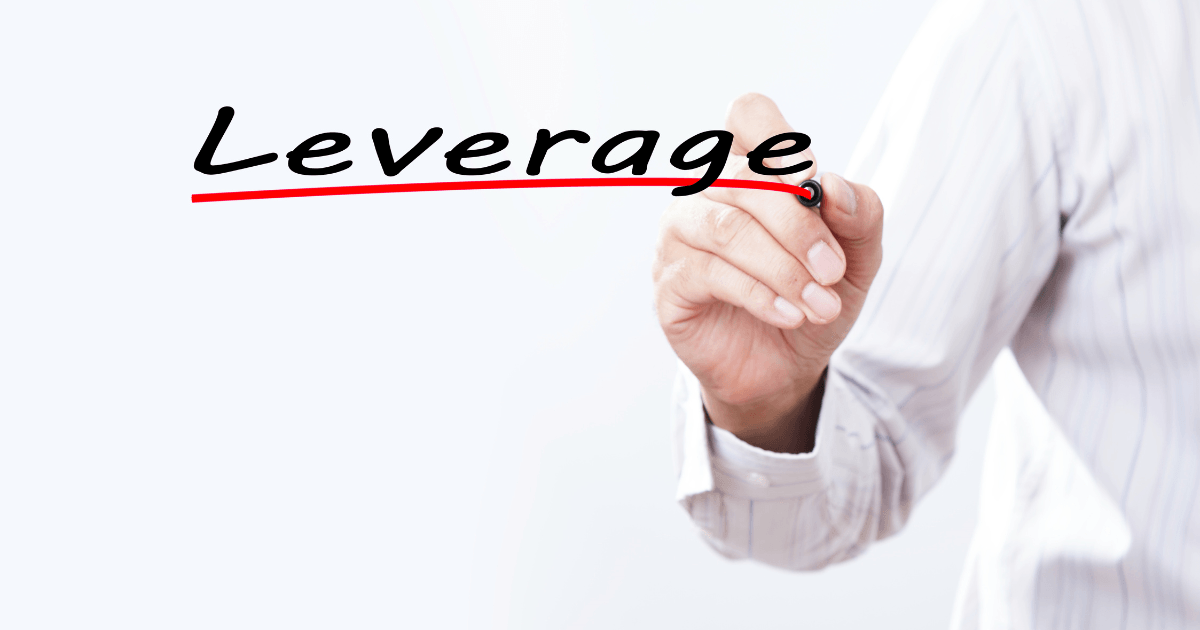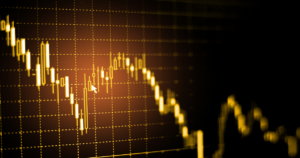Introduction:
In the world of forex trading, leverage and margin play significant roles in shaping trading strategies and outcomes. These concepts allow traders to access larger positions and potentially amplify returns. However, they also introduce increased risk and the potential for significant losses. To navigate the forex markets successfully, it is crucial to understand leverage and margin thoroughly. In this comprehensive guide, we will delve deeper into these concepts, exploring their definitions, calculations, benefits, drawbacks, and risk management strategies.
What is Leverage in Forex Trading?
Leverage is a fundamental aspect of forex trading that enables traders to control larger positions in the market with a smaller amount of capital. It is a tool provided by brokers that magnifies the potential gains and losses of a trade. Essentially, leverage allows traders to borrow funds from their broker to open positions beyond their actual account balance. The ratio of borrowed funds to the trader’s capital is expressed as a leverage ratio.
Leverage Example:
Let’s say a trader has $1,000 in their trading account, and their broker offers a leverage ratio of 100:1. With this leverage, the trader can control a position worth $100,000 ($1,000 x 100). In this example, the trader’s capital acts as collateral for the borrowed funds.
Leverage and Risk:
While leverage can enhance profitability, it also increases risk. As leverage multiplies gains, it similarly magnifies losses. Higher leverage ratios result in greater exposure to market fluctuations and potential margin calls. It is crucial for traders to understand the relationship between leverage and risk and employ appropriate risk management strategies.
What is Margin in Forex Trading?
Margin is the amount of money or collateral required by a trader to open and maintain a leveraged position. It serves as a security deposit or initial capital for the trade. Margin requirements are typically expressed as a percentage of the total trade value and determine the leverage ratio a trader can utilize.
Margin Calculation:
Margin is calculated by dividing the total value of the trade by the selected leverage ratio. For example, if a trader wants to open a position worth $10,000 and the leverage ratio is 50:1, the required margin would be $200 ($10,000 / 50).
Maintenance Margin:
In addition to the initial margin, brokers often require traders to maintain a minimum level of equity in their accounts, known as the maintenance margin. Falling below the maintenance margin level can trigger a margin call, where the trader is required to add funds to their account or risk having their positions forcibly closed by the broker.
The Relationship Between Leverage and Margin
Leverage and margin are closely interconnected in forex trading. While leverage allows traders to control larger positions, margin provides the necessary collateral to access that leverage. The leverage ratio determines the proportion of borrowed funds to the trader’s capital, while margin requirements define the minimum amount of capital needed to maintain a leveraged position.
Leverage, Margin, and Profit/Loss:
The impact of leverage and margin on profit and loss can be significant. Higher leverage ratios amplify both gains and losses, meaning that even small market movements can have a substantial impact on a trader’s account balance. It is crucial to carefully consider the appropriate leverage level based on risk tolerance and trading strategy.
Calculating Leverage and Margin
Calculating leverage and margin is essential for risk management and trade planning. Traders need to have a clear understanding of the formulas and calculations involved in these processes.
Leverage Calculation:
Leverage can be calculated by dividing the total transaction value by the capital employed. For instance, if a trader is executing a trade worth $100,000 and has $2,000 of capital, the leverage would be 50:1 ($100,000 / $2,000).
Margin Calculation:
Margin is calculated by dividing the total transaction value by the selected leverage ratio. For example, if the total trade value is $100,000 and the leverage ratio is 50:1, the required margin would be $2,000 ($100,000 / 50).
Benefits of Trading with Leverage
Trading with leverage offers several potential benefits for forex traders. It allows them to:
- Amplify Returns: Leverage enables traders to control larger positions and potentially magnify profits.
- Access Greater Market Exposure: With leverage, traders can participate in larger market movements and take advantage of trading opportunities they might not have been able to access with their actual capital alone.
- Diversify Trading Strategies: Leverage provides the flexibility to implement different trading strategies and explore various currency pairs and markets.
Drawbacks of Using Leverage
While leverage can offer advantages, it also carries inherent risks and drawbacks. Traders must be aware of the potential downsides, including:
- Increased Risk: As leverage magnifies gains, it equally amplifies losses. High leverage ratios can lead to significant losses if a trade moves against the traderor market conditions become unfavorable.
- Margin Calls and Account Liquidation: If a trader’s account falls below the maintenance margin level, they may receive a margin call from the broker, requiring additional funds to be deposited. Failure to meet a margin call may result in the broker liquidating the trader’s positions to cover the losses.
- Emotional Pressure: Trading with high leverage can induce emotional stress and impulsive decision-making. Traders may be tempted to take excessive risks or overtrade, leading to poor trading outcomes.
Risk Management Strategies for Leverage and Margin
Effectively managing leverage and margin is crucial for preserving capital and reducing the risk of significant losses. Here are some risk management strategies to consider:
- Set Realistic Leverage Levels: Determine leverage ratios based on your risk tolerance, trading experience, and market conditions. Avoid excessive leverage that may expose you to undue risk.
- Use Stop Loss Orders: Implement stop loss orders to automatically close a position at a predetermined price level to limit potential losses.
- Maintain Adequate Margin: Monitor your account’s margin utilization regularly and ensure you have sufficient margin to sustain your positions. Avoid approaching the margin call level.
- Diversify Your Portfolio: Spread your risk by diversifying your trading positions across different currency pairs and markets.
- Educate Yourself: Continuously educate yourself about leverage, margin, risk management techniques, and market dynamics to make informed trading decisions.
Common Queries About Leverage and Margin in Forex Trading
1. What is the maximum leverage offered by brokers?
The maximum leverage offered by brokers varies depending on the regulatory framework in the jurisdiction they operate. In some countries with stringent regulations, such as the UK and the EU, leverage is capped at certain levels, such as 30:1 for major currency pairs. In other regions with less restrictive regulations, brokers may offer leverage up to 500:1 or higher. It is essential to check with the broker and understand the leverage limits before opening an account.
2. Can leverage and margin be adjusted during a trade?
Leverage and margin levels are typically set when opening a trade and remain constant throughout the duration of the trade. However, brokers may have specific policies regarding margin requirements and leverage changes. Some brokers may offer the option to adjust leverage for existing positions, but it is essential to consult the broker’s terms and conditions or contact their customer support for clarification.
3. How can I protect myself from margin calls?
To protect yourself from margin calls, it is crucial to monitor your account’s margin utilization regularly. Maintain a sufficient cushion of available margin above the maintenance margin level to withstand market fluctuations. Implementing stop loss orders can also help limit potential losses and reduce the risk of margin calls. Additionally, practicing prudent risk management, including diversifying your portfolio and using appropriate leverage levels, can help mitigate the likelihood of margin calls.
Key Takeaways:
- Leverage and margin are essential concepts in forex trading that allow traders to control larger positions with a smaller amount of capital.
- Leverage amplifies both gains and losses, increasing the potential for significant profits or losses.
- Margin is the collateral or initial deposit required to open and maintain a leveraged position.
- Higher leverage ratios entail greater risk and the possibility of margin calls if account equity falls below the maintenance margin level.
- Effective risk management strategies, including setting realistic leverage levels, using stop loss orders, and diversifying your portfolio, are crucial when trading with leverage and margin.
- Traders should educate themselves about leverage, margin, and risk management techniques to make informed trading decisions and protect their capital.







